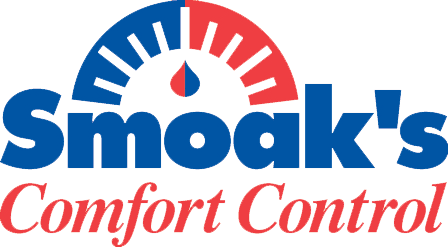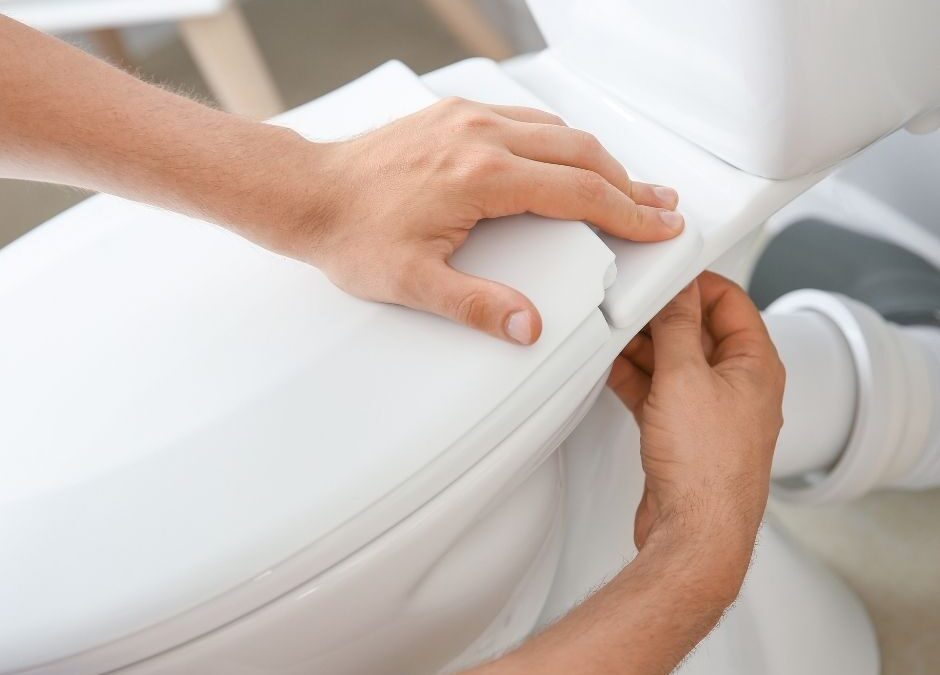A slow flushing toilet can be frustrating and inconvenient, especially if it disrupts your daily routine or causes repeated clogs. While some issues can be fixed with a few simple steps, other problems require professional toilet repair from trusted plumbers in Charleston, SC. At Smoak’s Comfort Control, our licensed and insured plumbers have decades of experience helping homeowners restore their bathroom plumbing quickly and effectively.
Intro to Toilet Issues
Dealing with toilet problems, such as a slow-flushing toilet or a clogged toilet, can quickly turn a routine day into a hassle. Whether it’s a slow-draining toilet that takes forever to clear or a leaking toilet that leaves water on the floor, understanding the basics of how your toilet works is the first step toward a solution. The main components—such as the toilet tank, toilet bowl, and overflow tube—work together to ensure each flush is powerful and efficient. When any part of this system isn’t functioning properly, you may notice issues like slow flushing, clogs, or even leaks. Regular plumbing inspections can help prevent many common toilet problems; however, sometimes a professional plumber is needed to tackle more complex issues and keep your bathroom running smoothly.
Understanding Toilet Mechanics
A toilet may seem simple, but it relies on a precise balance of water flow and pressure to operate correctly. The toilet tank, located at the back of the toilet, stores water that’s released into the toilet bowl during each flush. Inside the tank, the fill valve controls the amount of water entering the tank after each flush, while the toilet float rises and falls in response to the water level, signaling the fill valve when to stop. If the water level is too low, the flush may be weak, leading to a clogged toilet or incomplete waste removal. Understanding how these parts work together helps you identify and resolve common toilet issues, such as low water levels, slow flushing, or a bowl that doesn’t clear properly.
Common Causes of a Slow-Flushing Toilet
There are several possible causes for a slow flushing toilet and identifying them is key to effective troubleshooting.
Hard water buildup often creates mineral deposits in the rim jets, jet holes, and other small hole openings, preventing water from flowing freely into the bowl. To clean these areas, apply a cleaning solution and let it sit for a few minutes before scraping away mineral deposits. Then, rinse with hot water for the best results. Similarly, clogged rim jets and jet holes block the transfer of water, weakening the flushing power over time. A low water level in the tank caused by a faulty toilet float or refill tube may not provide enough force to clear the bowl; ideally, the water should fill about half of the bowl for proper flushing.
Clogs are often caused by excessive toilet paper or other debris. For stubborn clogs, using a snake can help clear the obstruction. If you suspect a blocked drain line or waste pipe, a blockage or clog may be deeper in the system, and you may need to pull the toilet to access and remove it.
Proper plumbing relies on vents to allow air to flow through the system. A blocked vent on the roof can disrupt drainage and cause slow flushing or odors throughout the house.
If you notice leaks, these can result from obstructions or component failures. The overflow tube, located at the center of the toilet tank, helps guide water during refilling and should be checked for issues.
Sometimes, you may need to replace or install new parts, such as fill valves or flappers. Always check the water supply before starting repairs. Issues with tubs and sinks can also indicate broader plumbing problems.
For homes with hard water, consider a water softener as a long-term solution to prevent mineral buildup. Also, avoid sitting on a loose toilet, as this can cause further issues.
Identifying the Root Cause
When you’re faced with a slow-flushing toilet or a clogged toilet, pinpointing the exact cause is key to finding the right solution. Start by inspecting the toilet tank and toilet bowl for any visible blockages or mineral buildup, especially around the overflow tube. Check the fill valve and toilet float to ensure they’re working properly and maintaining the correct water level. Don’t forget to examine the waste pipe for any signs of clogs or slow drainage. Sometimes, the issue may be related to your home’s plumbing system, such as a blocked vent or a malfunctioning water heater, which can affect water flow and pressure. If you’re unable to identify or resolve the problem, it’s best to call a professional plumber who can diagnose and fix more complex plumbing issues.
DIY Fixes You Can Try First
Before calling in professional plumbers, try a few safe at-home fixes.
Start by cleaning the rim holes with vinegar to dissolve mineral buildup. This improves water flow from the tank into the bowl. Next, check and adjust the water level by making sure the toilet float and refill tube are functioning correctly. For minor clogs, use a plunger properly to transfer water pressure and clear obstructions.
Additionally, inspect the flapper under the tank lid, as a worn or misaligned flapper can prevent enough water from moving from the tank into the bowl. These small steps may resolve a slow-flushing toilet without requiring a new toilet installation.
Adjusting the Water Level
One of the simplest ways to improve a slow flushing toilet or prevent a clogged toilet is by adjusting the water level in the toilet tank. The water level should be high enough to provide strong flushing power, but not so high that it risks overflowing. To adjust it, locate the fill valve inside the tank and use the adjustment screw or dial to raise or lower the water level as needed. Ensure the refill tube, which directs water from the fill valve into the overflow tube, is clear of any obstructions. Properly adjusting the water level and ensuring the refill tube is unobstructed can help your toilet flush more efficiently, reducing the risk of clogs and other common toilet problems.
Troubleshooting the Toilet Tank
The toilet tank is the heart of your toilet’s flushing system, and issues here can lead to slow flushing, clogs, or leaks. To troubleshoot, start by removing the tank lid and inspecting the fill valve, toilet float, and waste pipe for any signs of wear, damage, or mineral buildup. Check the refill tube and tank lid for blockages that could restrict water flow. If you notice that the fill valve or toilet float isn’t working properly, consider replacing these parts to restore optimal performance. Ensuring all components are clean, free of blockages, and securely attached will help your toilet operate smoothly and efficiently, preventing future plumbing headaches.
When to Call Professional Plumbers in Charleston, SC
Sometimes, even the best DIY efforts aren’t enough. If you continue experiencing slow flushing toilet problems despite trying these fixes, it may be time to bring in the professionals.
Persistent flushing issues, especially if they affect multiple toilets in your home, typically indicate a more significant problem within the waste pipe or sewer line. Visible leaks, unpleasant odors, or consistent backups are all signs of a more serious plumbing issue. In these cases, an experienced plumbing company can inspect the toilet tank, pipes, and sewer line to identify the problem and provide long-lasting solutions.
Why Choose Smoak’s Comfort Control for Toilet Repair in Charleston
At Smoak’s Comfort Control, we’ve built a reputation as one of the most trusted plumbers in Charleston, SC, for both routine and emergency plumbing services.
We offer fast and friendly service backed by licensed and insured professionals who bring decades of experience to every job. Whether you need a quick toilet repair, assistance with a clogged toilet, or help determining if it’s time for a new toilet, our team provides tailored solutions to restore your home’s comfort. With our customer satisfaction guarantee, you can feel confident that the repair will be done right the first time.
Schedule Your Plumbing Service Today!
Don’t let a slow flushing toilet cause unnecessary stress or damage to your plumbing system. If DIY fixes don’t solve the problem, call in the experts at Smoak’s Comfort Control.
Contact us today to schedule your professional plumbing service and get your bathroom back up and running. Book your service online with our easy contact form.

